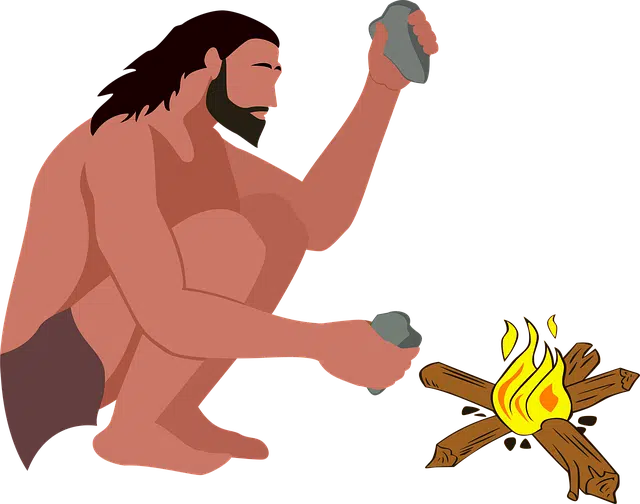
Hominids constitute the order of higher primates.
The notion of hominid is linked to the evolution of the human being . The term is used to name the specimen that belongs to the order of higher primates , which have humans ( Homo sapiens ) as the only species that survives.
The concept, however, can be understood in different ways. It is possible to consider that hominids or hominins constitute the subtribe of primates that is characterized by walking on two legs and vertically. In this case, the only species that remains is Homo sapiens . Hominids as a subtribe of primates emerged about six million years ago; A million years ago, that is, up to seven million years, there would have been a common link between the chimpanzee and people.
Hominids as a family of hominoid primates
On the other hand, hominids can be considered the family of hominoid primates that includes both humans and their closest relatives: chimpanzees , bonobos , gorillas and orangutans .
The Hominidae family, therefore, is made up of members of genera such as Homo , Australopithecus and Paranthropus , among others. This means that many hominids have already become extinct.
In short, the concept of hominid lends itself to confusion since it can refer to different issues. On the one hand we find a subtribe of primates that includes only the bipedal Hominidae (with humans as the only surviving species), while on the other we can find the Hominidae in general (with the bipedal primates and the great apes) .

The orangutan and other apes are sometimes included among hominids.
Finds in Kenya
In early 2012, a group of scientists from the Max Planck Institute for Evolutionary Anthropology in Germany found three fossils of the hominid species in Kenya; They do not belong to any of the hominid classifications made to date.
Two species of hominids were found in East Africa, which inhabited this region in the initial period of human evolution. These species were named as: Homo erectus and Homo habilis ; Now they have found a third to which they have not yet given a name.
This latest discovery, which has been published by the scientific journal Nature , allows us to clarify many questions regarding the evolutionary period of our species after the split from primates.
Research on hominids
According to the analyzes carried out by the researchers, the three species coexisted in the same time and space but possibly did not have contact with each other . The remains found consist of an almost complete skull and two lower jaws, which belonged to three different specimens that existed about 1.95 million years ago ( Lower Paleolithic ). More precisely, they are the face and some teeth of a child who would be about 8 years old, a lower jaw with several teeth and roots and a piece of another jaw with some small incisor teeth.
All of these have been preserved in a very good condition, so they will possibly serve to carry out an exhaustive study by paleontologists , after which we could learn much more about our own species.
The place where they were found is known as the Koobi Fora Site , located near a lake in northern Kenya; a territory very favorable for the habitat of the first hominids due to the extensive vegetation and warm temperatures .
It is worth mentioning that in 1972 a fossil with similar conditions to these had been found and that was obviously clearly differentiated from the two previously classified species; Both the skull and the jaw were missing, so it could not be analyzed in depth. With this new discovery, it could be stated that this fossil belongs to this same species , the third group of the hominid species that lived in Africa .
The true importance of this recent discovery is that it allows us to know with more certainty that the evolution of our species did not follow a unidirectional line .
